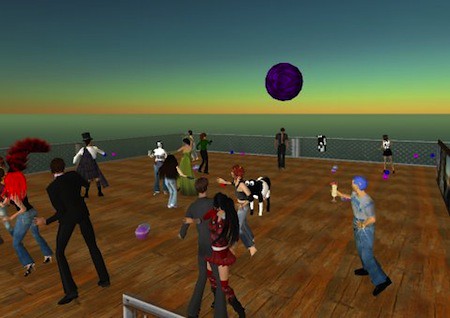
This post is part of a series of point/counterpoint arguments proposed by different members of the Pixels & Pills staff. We’re strong believers that healthy arguments can yield the best solutions, and we hope that you enjoy our series. Feel free to add your own arguments in the comments section below!
By Jeremy Lichtenberger (@Air_Master_J)
Face-to-face interactions will never go away, but with technology advancements, how we communicate, collaborate, share, and connect no longer requires us to be in the same room or even the same country. Websites, webinars, wikis, podcasts, YouTube, LinkedIn, Skype, Blogs, Vlogs, video conferencing, Flickr, Facebook, FaceTime and Twitter have created unprecedented ways to share and discover our experiences, bring ideas to life, and deepen relationships among employees, partners, prospects and customers.
As schedules grow more hectic and we become deeper entrenched in a globalized world, social media leads the way for personal interactions. Some studies have suggested that while interactions via computers may not be natural, they are nonetheless valuable. For one thing, social media users demonstrate attentiveness when they retweet information, comment on a post or respond to requests for information. Even if theyre multitasking managing multiple accounts, its not an obvious distraction as say someone checking their Blackberry multiple times during an hour-long meeting. And, while social media seems immediate, prudent users will take time to carefully craft their thoughts and avoid reflexive, off-tone messaging.
Social media also enables users to have more productive conversations because they can substantiate opinions and quickly provide links to more information and third-party resources during an exchange. Because conversations are searchable, participants can also Google related topics, find other data points to support informed decisions, and extend the conversation. Thats because social media provides the opportunity to combine the intimacy and immediacy of one-to-one communications with the potential power of peer input. Conversations that occur outside the chat window are available for others to glean knowledge, share feedback as well as provide a way to measure and track those exchanges.
Its also convenient users can connect from anywhere at any time and better for the environment. As trade shows, meetings and casual conversations happen through technology, travel requirements are reduced as is our carbon foot print. With broadcast capabilities, social media also gives every message a customizable megaphone. Like a real megaphone, it can be misused — but it can also be powerful in a way that face-to-face communications can’t always match.
Technology will continue to advance and multimedia alternatives will strengthen their foothold as a preferred mode of communication in the future. Email and phone communication has given way to social media, and as the wired generation enters the workforce, technology and communication devices will play an even more prominent role in enabling people to share, converse and inspire.
3 Responses to POINT: Is Social Media Better than Face-to-Face Interaction?